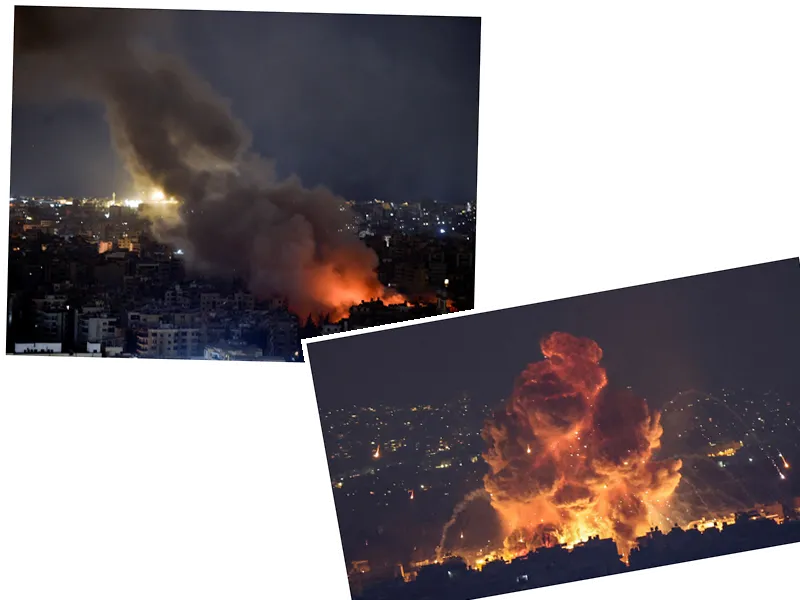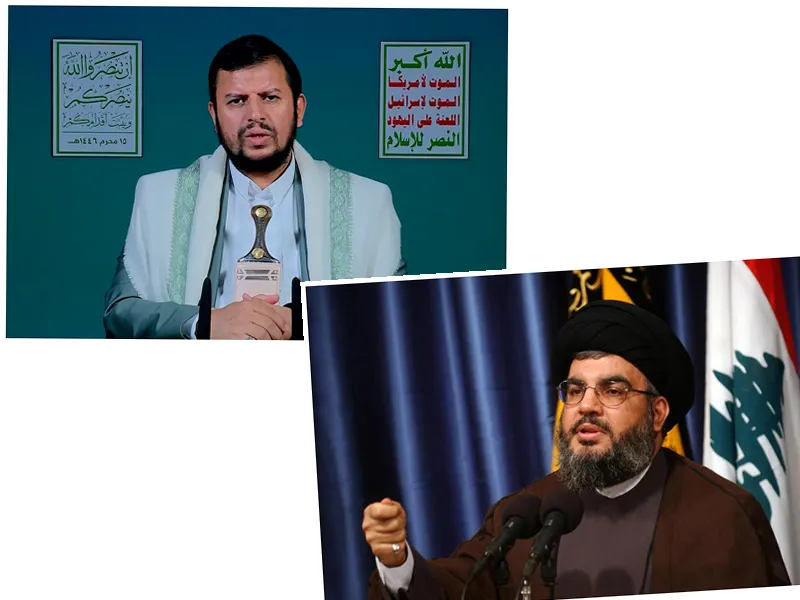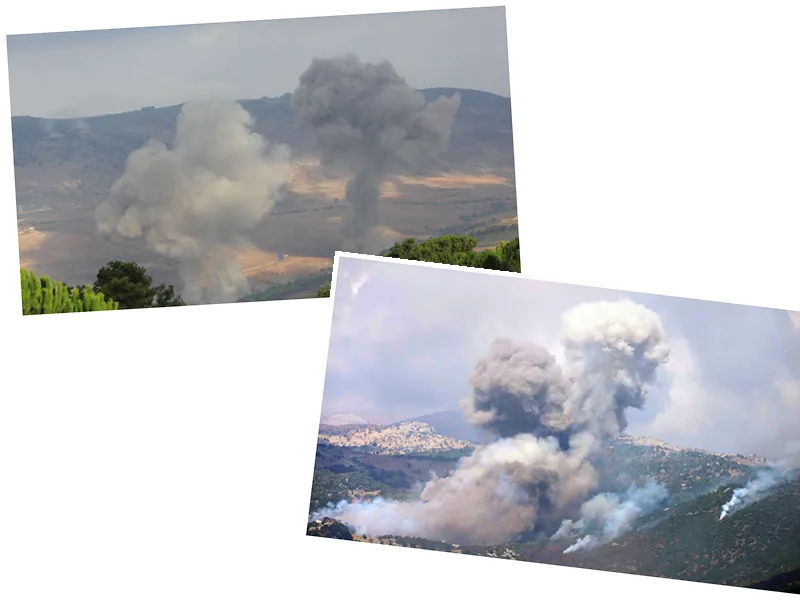Military expert Brigadier General Elias Hanna highlighted the magnitude and precision of Hezbollah's response to the recent Israeli assassination of the leader Talib Abdullah. He pointed out that such sharp and swift attacks signify an escalation in the ongoing confrontation, underlining that Israel continues selective assassinations to avoid a broader conflict.
Hezbollah confirmed its engagement by targeting Al-Raheb’s position with heavy machine guns and artillery shells, achieving direct hits. This follows the largest attack by Hezbollah to date, involving 215 missiles, drones, and artillery shells aimed at northern Israel. The attacks suggest an erosion of deterrence, with action confined within a 15-kilometer geographical boundary, though Israel occasionally extends its reach further into Lebanon.
Talib Abdullah, the commander targeted by Israel, was identified as a significant figure responsible for the eastern region, making his assassination a critical blow to Hezbollah. The precision of Hezbollah's retaliatory strikes, meant to demonstrate its capability and resolve, is seen as targeting Israeli spy tools and military bases, signaling its willingness to escalate the conflict if necessary.
Despite ongoing skirmishes, a full-scale war seems unlikely due to internal disagreements within Israeli leadership, logistical challenges, and external pressures, notably from the United States. These dynamics suggest that Israel will rely on targeted assassinations rather than broad military engagements.
The rising intensity of exchanges between Hezbollah and the Israeli army has led to significant casualties on both sides. Among the dead are Mohammad Hussein Sabra, another Hezbollah member, and prominent figures like Wissam Tawil, further inflaming the conflict. The relentless fighting has displaced thousands of residents on both sides of the border and indicates a possibly protracted and deepening engagement.
- Hezbollah’s statement honored Talib Sami Abdallah as a martyr on the road to Jerusalem, underscoring his importance within the movement. The strike that killed him and two others in Jouaiyya, 15 kilometers from the Israeli border, marks the most significant loss for Hezbollah since the recent confrontations began.
- Brigadier General Elias Hanna noted Hezbollah's shift in strategy towards targeting high-value Israeli military assets, including spy tools and drones. This evolution in tactics aims to challenge Israeli air dominance and demonstrate Hezbollah's operational capabilities, even under pressure.
- Israeli Prime Minister Benjamin Netanyahu has articulated Israel's readiness for heightened operations along its border with Lebanon. The ongoing conflict has already resulted in significant casualties and destruction, with both sides experiencing heavy losses and continuous rocket and drone exchanges.
- More than eight months of violence have resulted in heavy tolls: nearly 467 dead in Lebanon, including 90 civilians, and significant Hezbollah fighter casualties. Israel has reported the deaths of 15 soldiers and 11 civilians, with displacement affecting tens of thousands of residents amid continuous conflict.






